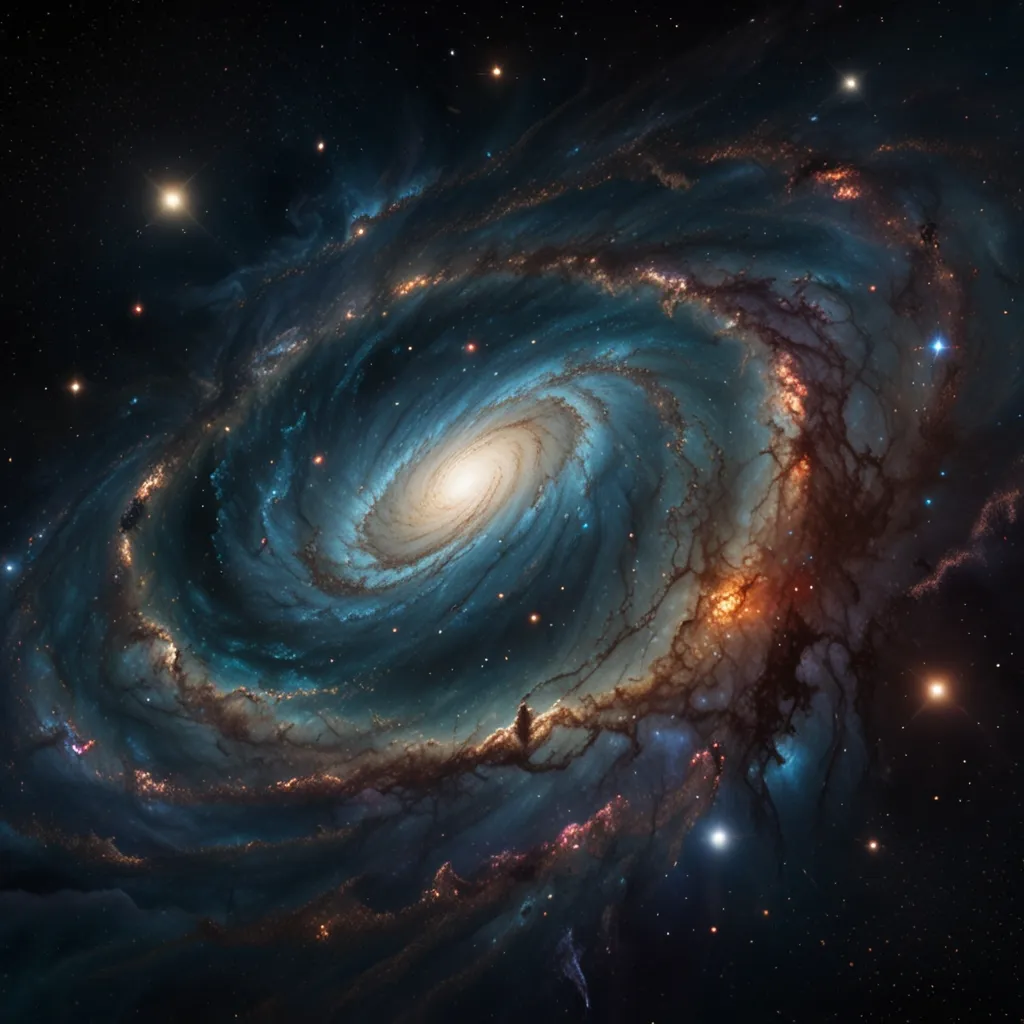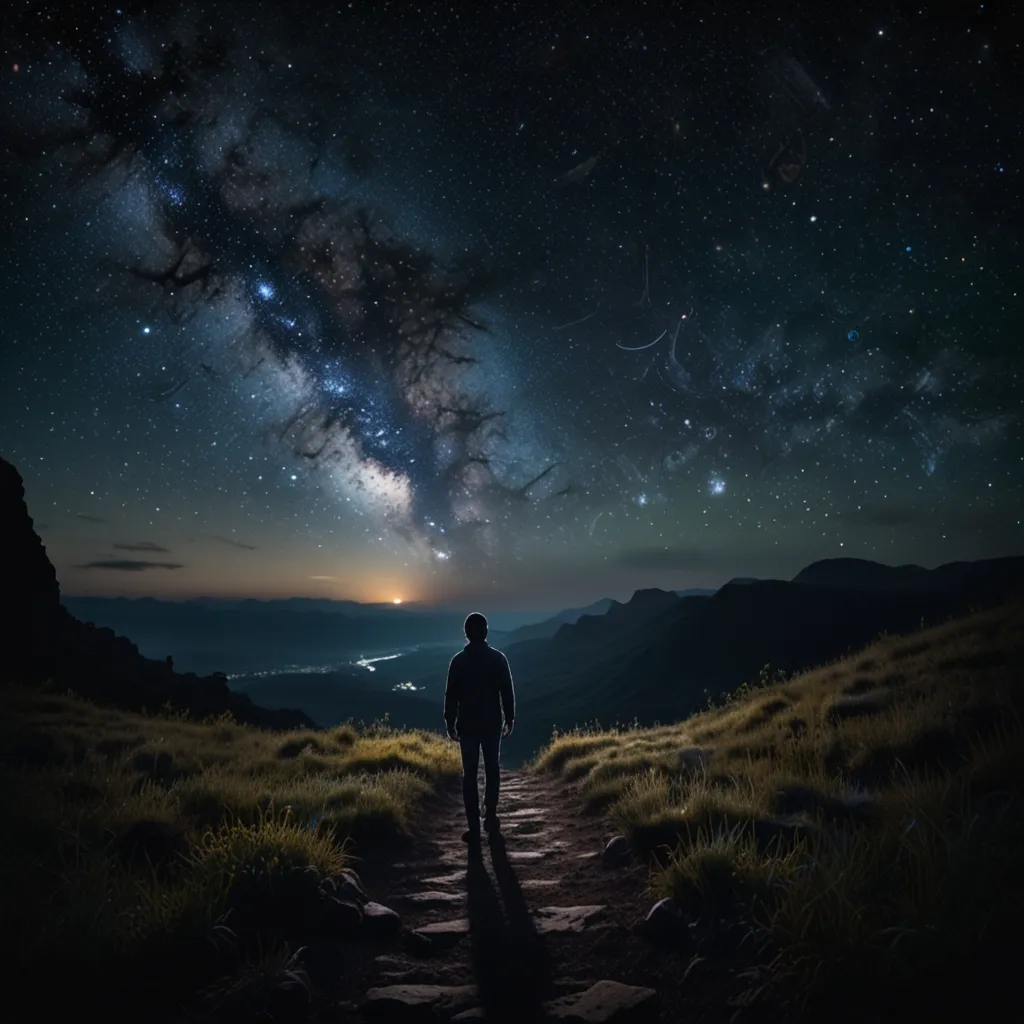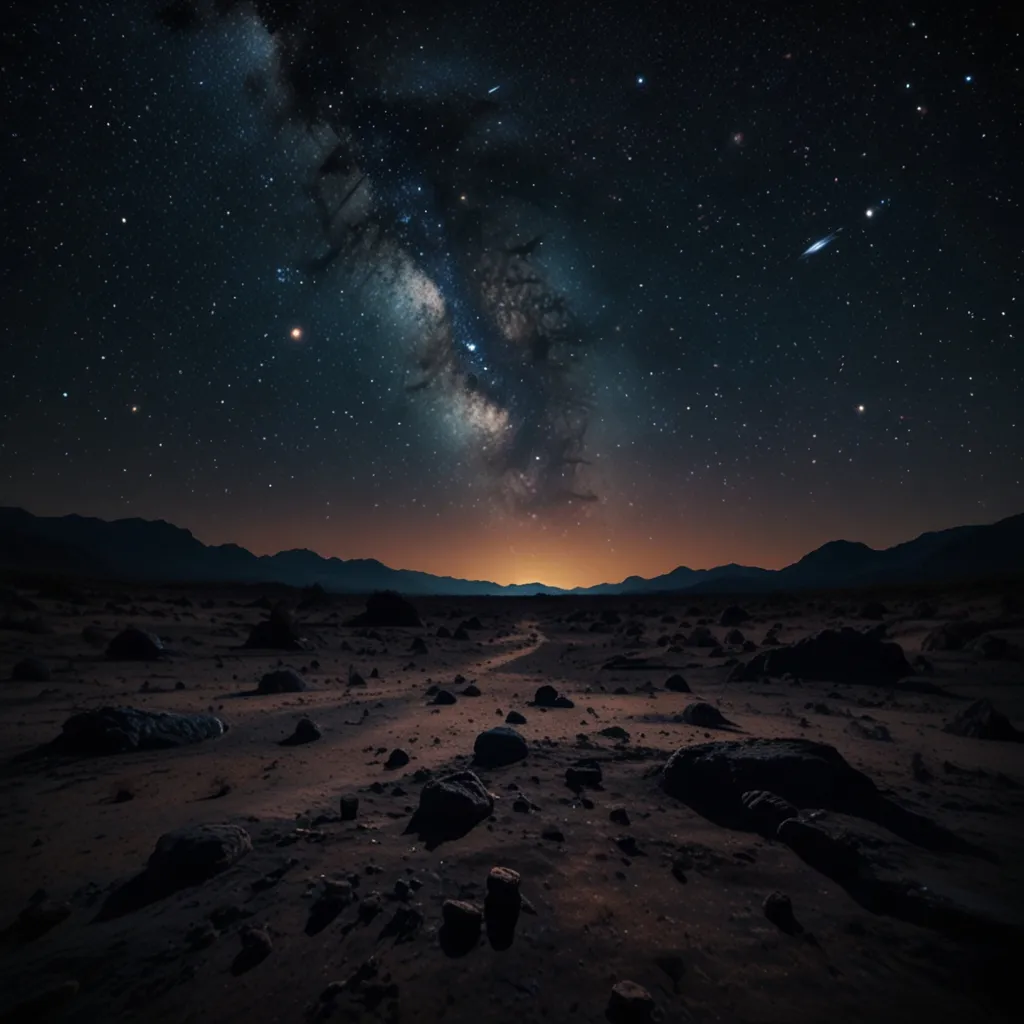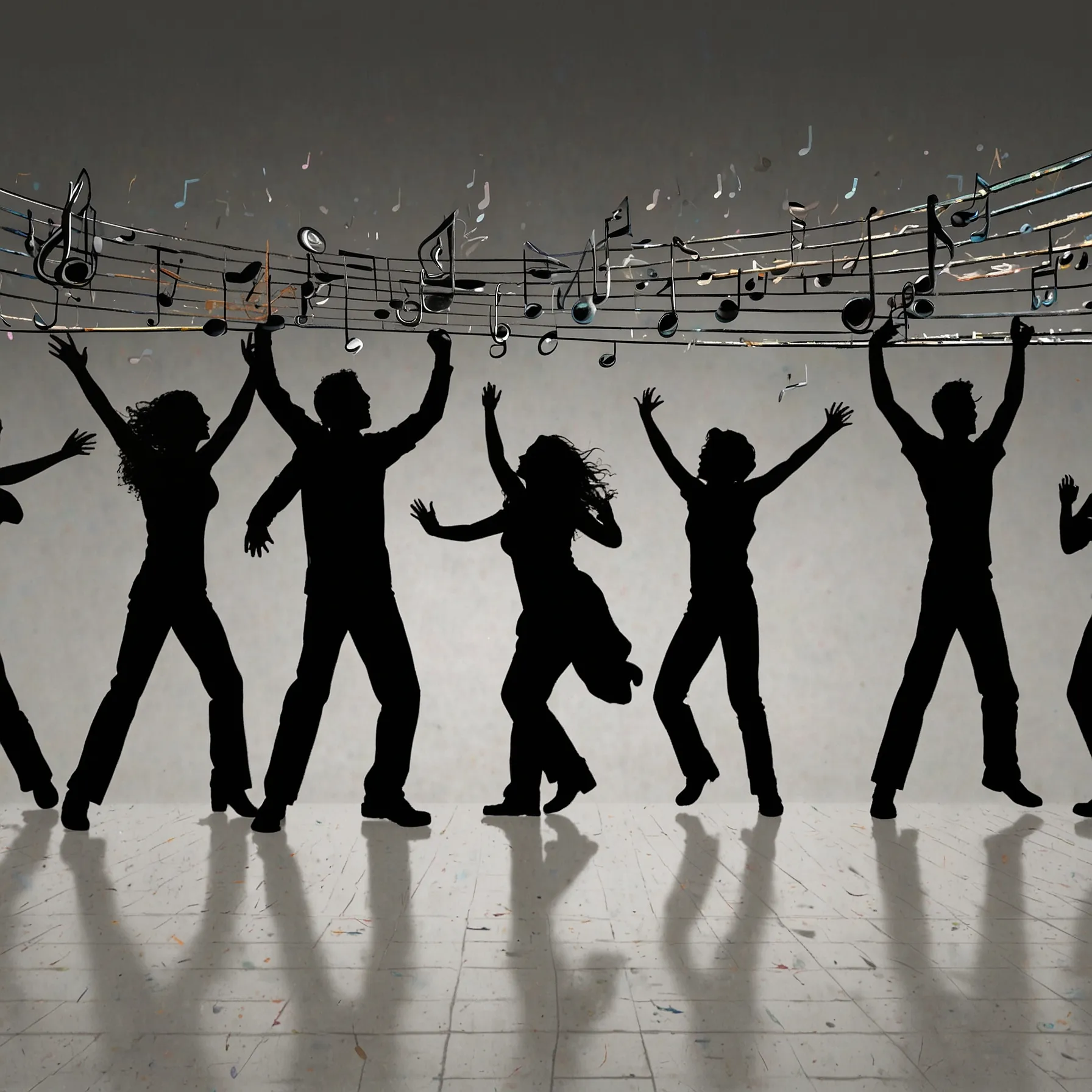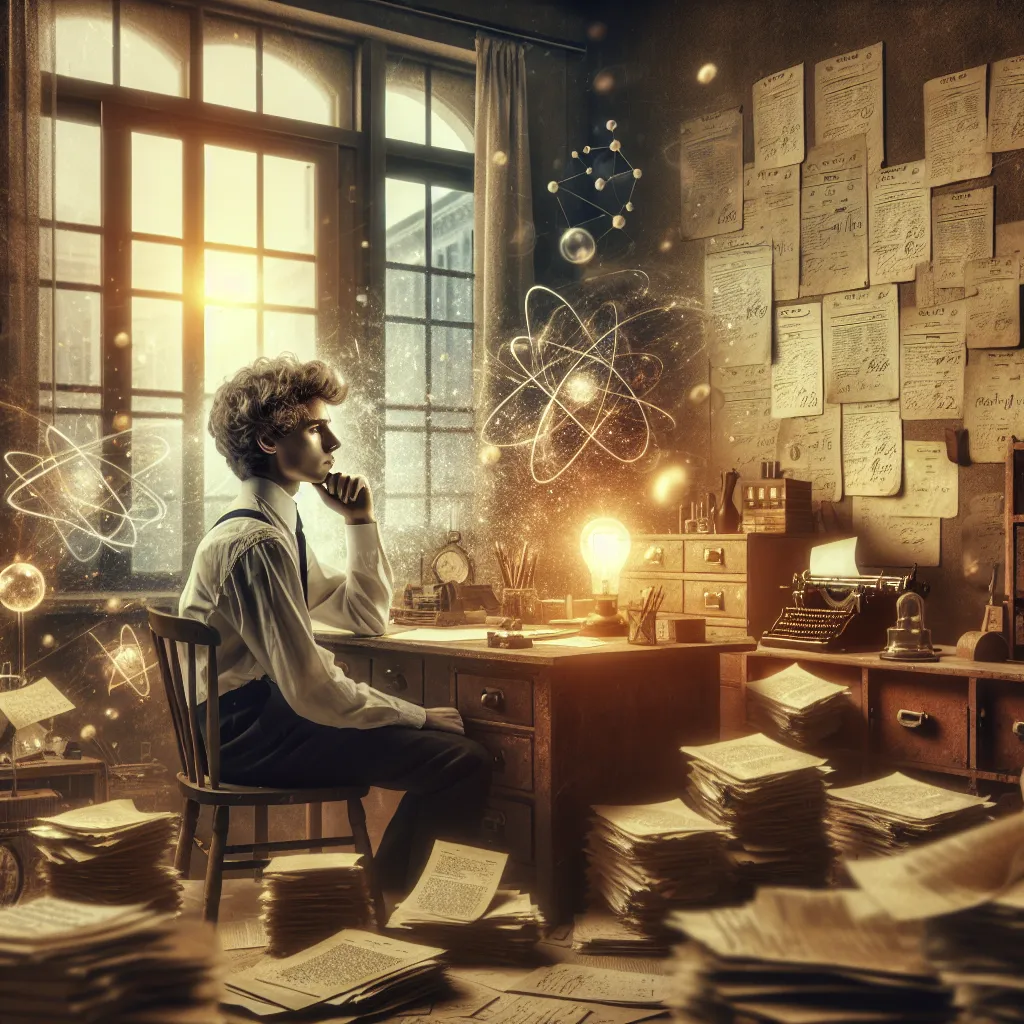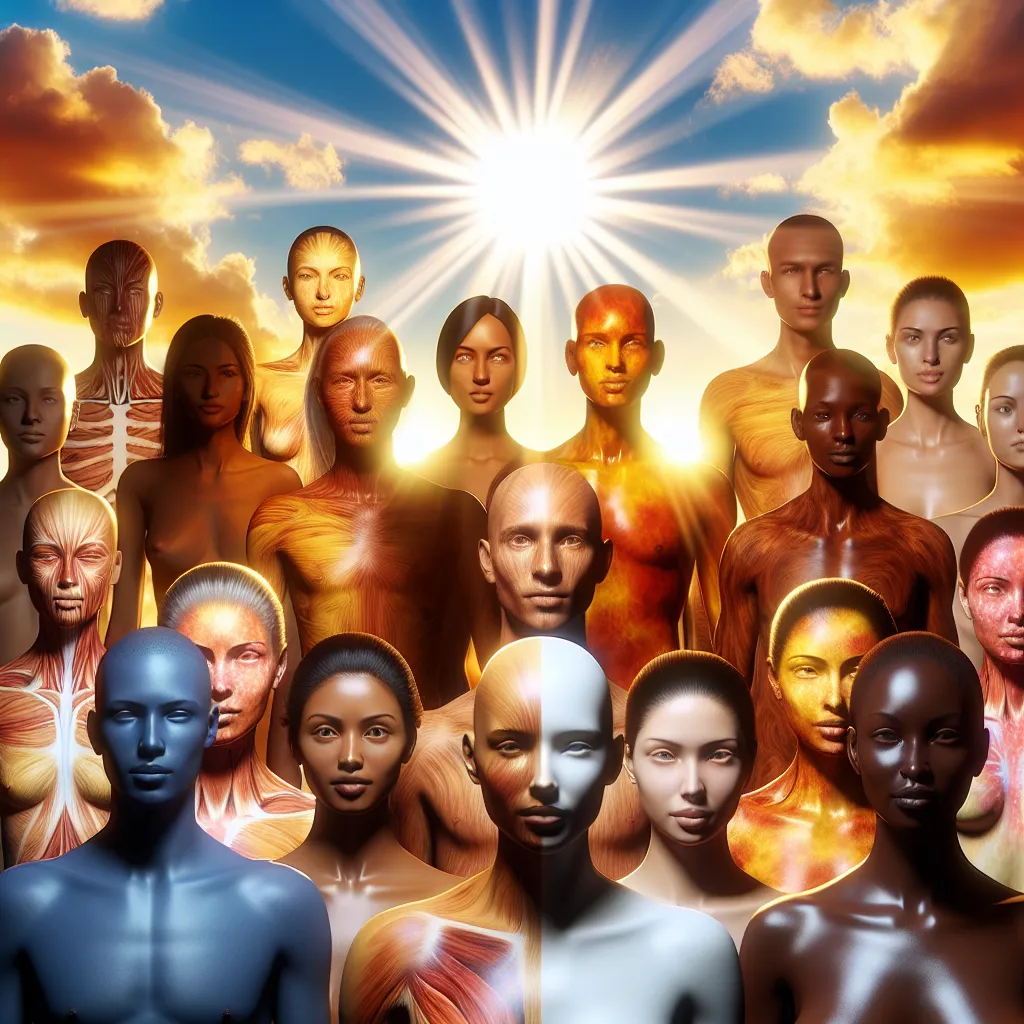In 1998, astronomers made a groundbreaking discovery. Contrary to previous beliefs, the expansion of the universe wasn’t slowing down due to gravitational attraction. Instead, it was accelerating. This mysterious force driving the acceleration is termed Dark Energy. Dark Energy remains one of the universe’s greatest enigmas, making up about 68.5% of all cosmic energy, while the rest consists of regular matter and Dark Matter.
It’s essential to differentiate between Dark Energy and Dark Matter. Both are mysteries labeled “dark” due to our limited understanding, but they are distinct. Dark Matter, unlike Dark Energy, doesn’t interact with light. We only infer its existence through its gravitational effects on galaxies and clusters. The prevailing theories suggest Dark Matter consists of particles. On the flip side, Dark Energy appears to be the force accelerating the universe’s expansion. There’s an ongoing curiosity about whether Dark Energy could also stem from particles, potentially linked to the Higgs boson or Dark Matter.
Let’s rewind to one of the most brilliant minds in history, Albert Einstein. In 1917, while working on his field equations of general relativity, Einstein introduced the “cosmological constant” (Lambda) to support the then-accepted idea of a static universe. But in the 1920s, Edwin Hubble’s observations that galaxies were moving away from each other and that the universe is expanding debunked this notion. Recognizing his error, Einstein later dismissed the cosmological constant, calling it his “greatest blunder.”
But here’s the twist: when discovering the universe’s accelerating expansion, scientists found that reintegrating Lambda into Einstein’s equations could explain this phenomenon. This constant, representing a force opposite to gravity, could account for the universe’s repulsive forces. Over vast distances, the gravitational pull weakens (since it’s inversely proportional to the square of the distance), but the repulsive effect of Dark Energy grows, causing celestial bodies to drift further apart.
This cosmological constant is a simple yet effective solution to explain Dark Energy. We think of it as the energy in empty space—the “vacuum energy.” However, this solution isn’t perfect. The observed value of Lambda based on the universe’s expansion rate is significantly different from theoretical predictions, a discrepancy that has been called one of the worst in physics history. Despite this, the cosmological constant remains a prevalent model.
More intriguing is recent evidence suggesting that Dark Energy might not be constant. If true, this points to “dynamical dark energy,” where its properties change over time and space, potentially acting as a field akin to the Higgs field in physics. This theoretical field, known as “quintessence,” could produce particles that repel matter, offering another layer of complexity to our understanding of the cosmos.
Yet, despite its profound effects, this quintessence field has eluded detection, possibly due to its weak interaction with standard model particles. This hypothetical field might even offer insights into Dark Matter, though they exhibit stark differences. Dark Matter clusters together, while Dark Energy remains uniformly distributed, exerting repulsive forces.
In the grand scheme, if Dark Energy increases, it could lead to a “Big Rip” scenario—where galaxies, stars, atoms, and ultimately space-time itself are torn apart. While this is a theoretical possibility, it’s billions of years away.
Our journey into understanding Dark Energy continues, leaving us with more questions than answers. But that’s the beauty of science—it keeps us curious and ever-challenging the boundaries of our knowledge.
